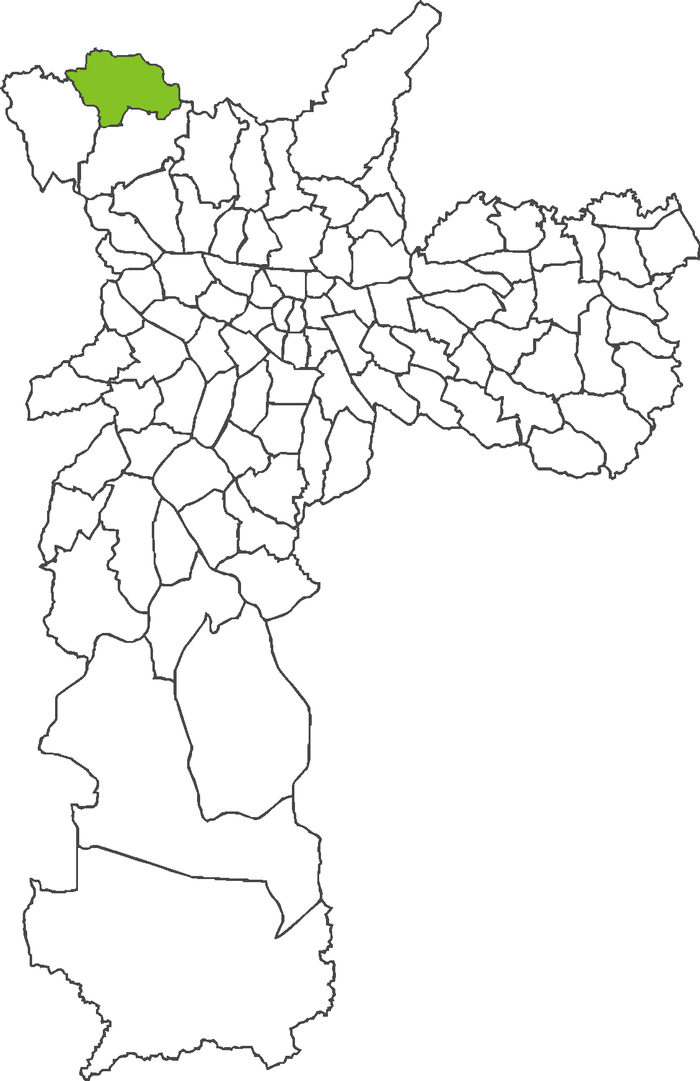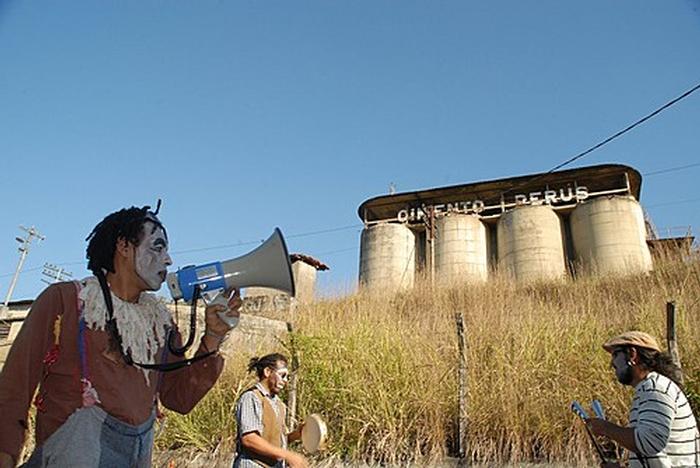Beatriz Da Costa Gotoda - ProposalFrom occupation to community: a participatory project at the edge of the metropolisAt the literal north edge of the city of São Paulo, lies the Queixadas Occupation, established in early 2018 through self-managed construction carried out by the residents and the social housing movement Luta Popular, as it occupied a piece of land that had spent years abandoned. They named themselves in honor of a group of workers who organized the longest syndical strike in country history at the Portland Brazilian Cement Company, in the district of Perus, that began in 1962 and only ended seven years later. Due to their grounded persistence, the workers named themselves after the animal “queixada” (bush pig), that is known to live in groups of a hundred individuals and to emit a horrifying sound by the intense banging of their teeth when they feel attacked.
Last month, the local judiciary ordered that the families leave the land. The local and regional governments have not provided any kind of housing support, temporary or otherwise, to the families in imminent danger of homelessness. This situation of extremized vulnerability highlights the negligence of public power in addressing the housing deficit so present in the metropolis and, as such, generates an opportunity for civil collaboration.
In light of this, the team assembled to carry out the housing project would be made up of an urban planner specialized in public housing policy, a land use and rights lawyer, a social scientist with experience working alongside vulnerable communities in strive of housing, leaderships from the Queixadas Occupation community, members of the movement Luta Popular who are familiar with the occupation, architects, engineers, and undergraduate architecture and urban planning and social sciences students.
To provide housing for the displaced families of the Queixadas Occupation involves giving them means to comfortably sustain their way of life and to ensure livelihood for future generations. With this in mind, I would consult with the community a proposal to collaborate with the Queixadas Movement, which fights for the reappropriation of the Perus Cement factory, listed as patrimony by the São Paulo municipal government in 1992 and currently empty and abandoned, despite the movement’s pleas to transform the place into a living memorial for the group’s industrial history.
The factory is less than 10 kilometers away from the occupied land and its wider land has had no social role for the past three decades. It could be easily secured by the government and converted into a community complex with social housing. The initial idea would stem from the Queixadas Movement’s wishes to transform the abandoned factory into a cultural centre, but we would extrapolate this use into the area surrounding the factory, which could generously provide space for housing, work and leisure. This extrapolation process would require active involvement of the Queixadas community, through a direct participation of community leaderships, representatives and it as a whole in all project phases, not just during the design stage, from the decision on how to obtain the permission to construct the community complex on the factory land, to the arrangement of the "mutirões" (community actions for the construction of houses common in occupations). This would mean the practical reappropriation of that space, to give it a use that respects and honors its history and that can sustainably provide the means of life through which the Queixadas community may thrive. Additional Help and InformationAre you in need of assistance? Please email info@berkeleyprize.org. |


